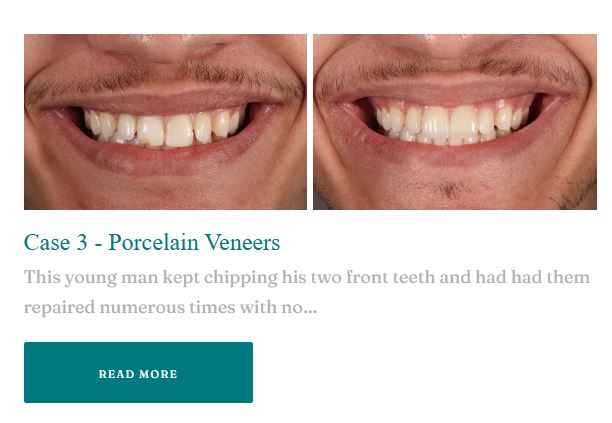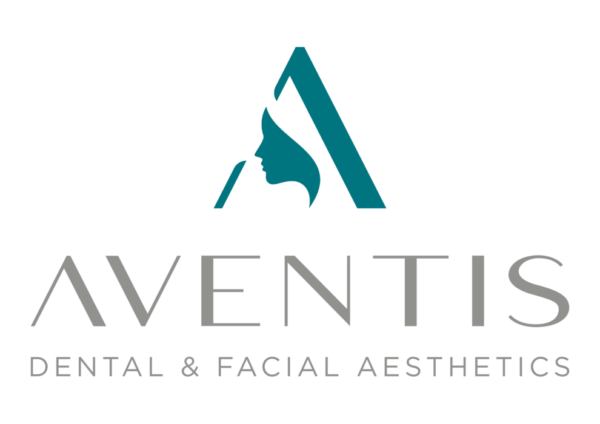Both composite and porcelain veneers are beautiful and the less invasive form of cosmetic treatment. A veneer is a thin layer of porcelain or composite that fits over the front surface of a tooth, like a false fingernail fits over a nail.
Summary
The choice between composite and porcelain veneers hinges on priorities and budget. Composite is quicker, cheaper and minimally invasive, ideal for minor fixes and younger patients, but stains and wears sooner (about 5–7 years).
Porcelain costs more and needs enamel reduction, yet offers superior lifelike aesthetics, stain resistance and longevity (10–15+ years). Suitability depends on smile goals, bite and maintenance. Summarise this article with ChatGPT.
Veneer can improve the colour, shape, and position of teeth. A precise shade of porcelain can be chosen to give the right colour to improve a single discoloured or stained tooth. Veneers can also be used to close small gaps when orthodontics (braces) are not suitable.
If one tooth is slightly out of position, a veneer can sometimes be fitted to bring it into line with the others. Our dentists often fit up to 10 veneers, concentrating on the most visible teeth shown when smiling.
“I apply and design composite veneers, they have a lifespan of between 5-7 years. The difference between the two is composite veneers are cheaper than porcelain but not quite as strong. Porcelain also looks a lot more lifelike than composite. Composite is usually best for younger patients who wish to change the colour and shape of their teeth without the need to cut the tooth down as they are just bonded onto their existing teeth. Porcelain is often the prefered option for a superior long lasting smile.” Dr Jonathan.
Both veneer procedures offer natural-looking results. In practice, younger patients often choose composite, while those seeking a fuller, more natural smile choose porcelain.
However, it can come down to budget. Below is a no-nonsense guide to the pros and cons of both materials and their processes so you can make an informed decision.
Am I eligible?
Ultimately, Dr Jonathan will be able to tell you, but if you have reasonably straight teeth, there are only a few reasons you might not be a good candidate for either type of veneer.
| Aspect | Composite veneers — advantages | Porcelain veneers — advantages |
|---|---|---|
| Treatment time | Often completed in a single appointment. | Usually, two short appointments |
| Cost and Prices | Lower upfront cost but half the lifespan of 5-7 years. | Higher upfront cost but longer service of 10-25 years |
| Original Tooth Preservation | Typically, minimal/no enamel removal, bonded to existing teeth | Conservative preparation; modern techniques keep the reduction very low; however, porcelain veneers are usually irreversible. |
| Reversibility/adjustability | Easy to modify or fully remove; quick changes. | Minor adjustments are possible; major changes require a remake. |
| Chips, cracks and repairs | Chips do happen, but can be patched directly without replacing the whole composite veneer. | Very chip-resistant; if damaged, results after replacement are seamless. |
| Aesthetics | Good aesthetics; shade and shape sculpted whilst at the dentist | Superior, lifelike translucency and edge realism; excellent polish retention provided by our laboratory. |
| Colour stability | Acceptable with good polishing and care, veneers can retain whiteness. | Outstanding stain resistance and long-term high colour stability. Porcelain stays whiter for longer than composite. |
| How long do the veneers last? | Short–medium term solution (commonly 3–7 years). | Long-term solution (commonly approx 10–15+ years). |
| Surface finish | Composite can be easily re-polished during hygiene visits. | Porcelain glaze maintains a high-lustre finish with minimal maintenance. |
| Trial smile | Easy to test and iterate during a single appointment. | Our digital scanners deliver accurate waxups and temporaries, allowing patients to preview the final look before fit. |
| Gum response | Smooth when well polished, gentle on tissues, it can cause some irritation if not placed correctly. | Excellent biocompatibility and marginal integrity; very kind to existing gums. |
| Suitability | Great for small chips, minor spacing corrections, and edge build-ups. | Best for broader smile makeovers, severe discolouration, or significant shape changes. |
| Conclusion | Ideal when you need an immediate result. | Ideal when you want the most durable, aesthetic outcome. Porcelain veneers come with a 3-year guarantee. |

| Aspect | Composite veneers — disadvantages | Porcelain veneers — disadvantages |
|---|---|---|
| Durability | More prone to chipping/wear; shorter lifespan | Can chip/crack (less likely); often needs full replacement if fractured. |
| Stains and Discolouring | Picks up staining over time; requires re-polishing to retain whiteness. | Excellent resistance, but the glaze cannot be “topped up” chair-side. |
| Colour stability | May discolour or dull; composite material does not keep as white as porcelain | Shade is fixed once made; changes require a new veneer. |
| Aesthetics | Less enamel-like translucency than high-end ceramics. It can look less natural than porcelain. | It can appear too “perfect” if not designed carefully or if the shade of white is too bright. |
| Surface finish | Loses gloss faster; periodic polishing needed to retain brightness. | High-lustre glaze, but not easily refinished if scratched. |
| Size/shape changes | Large add-ons may look bulky; limits for major reshaping and material are harder to apply. | Great for big changes, but more planning and lab time are required. |
| Tooth preparation | The tooth surface still needs surface roughening before bonding. | Often requires enamel reduction; irreversible once prepared. |
| Repairs | Patches can show join lines; repeated repairs degrade the overall aesthetic. | Chair-side repairs are limited; damage often means a remake. |
| Longevity | Lower upfront cost, but may cost more over multiple replacements. | Higher initial cost; replacement is more expensive if needed. |
| Technique sensitivity | Highly operator-dependent sculpting and polishing. | High Lab quality critical; remakes add time and cost if shade/fit is off. |
| Teeth Grinding/bruxism | Chips more readily in grinders without protection. | Still vulnerable to fracture with heavy parafunction; night-guard advised. |
| Reversibility | Generally reversible, but bonding can leave subtle enamel changes. | Not reversible due to tooth enamel reduction. |
Contact us now on +1 345 746-8555 to discuss our cosmetic veneer treatment options or to book a consultation with Dr Jonathan to discover which veneers are right for your smile.
Back to Blog